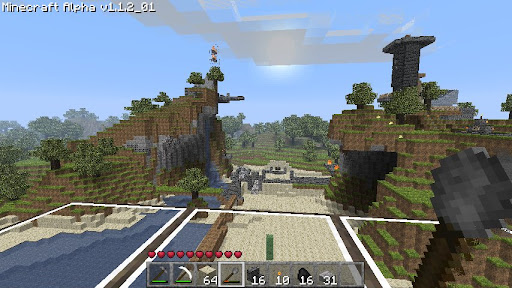I asked Andrew Glassner to outline the process he went through to free up his book from his publisher and put it on Google Books. Here’s his reply. I hope this information will encourage anyone else who has authored a book that’s now out-of-print to spend a bit of time and effort to get it out to us all.
If you plan to release your book through Google Books, the most important thing is that you own and control the copyright. Most book publishing contracts state that when the book goes “out of print,” the rights revert to the author. This is usually not automatic: you have to ask the publisher for the rights, and they have to explicitly return them to you. I usually ask for a real, paper letter with a real, human signature on it that states the rights have been returned to me (I don’t know if an email version would carry the same official weight). This is a good time to ask them for any other physical or electronic documents they have for your book, from illustrations to PDFs and so on. They’re usually under no obligation to give you these, but often they’ll give you what they have.
You’ll also need control of at least some “Territorial Rights,” which are discussed below. It’s probably easiest to get the publisher to revert the copyright and territorial rights at the same time.
Note that it’s usually up to the publisher to determine if a book is “out of print” or not. Even if it’s many years old, and they’re not putting ink on paper any more, they may still formally consider the book to be in print. I suggest contacting your publisher and first inquiring if it’s out of print. If they say it isn’t, but you think it should be, ask them why. They might just not have gotten around to giving it that status. Be polite and professional and work with your publisher to establish the status of the book as clearly as possible. When it is out of print, ask to have copyright reverted back to you. If the publisher wants to retain some rights, offer an agreement whereby they revert the rights to you, but you then assign some rights back to them. For example, you might grant them non-exclusive electronic rights, so they can provide the book on their website.
Now that you own the copyright, create an account at the Google books partner program. If you already have a Google account (say with Gmail) you may be able to simply use that; I chose to create a new account. I don’t recall if Google asks you for payment information at this point or not. If you end up charging money for any of your books, Google has to report that income to the IRS (if you’re from outside the US, I don’t know how this works). Although I was planning to release my book for free, I set up my partnership through my one-man LLC. I don’t recall if I had to give them any kind of tax information (e.g., a Federal Taxpayer ID, which is the business equivalent of a Social Security Number) at this point or not.
Once your account is created, choose “Books”. Go to “Add Books” and enter your ISBN. Often, this is the bar code printed on the book. Another source is Amazon, which usually lists the ISBN on the book’s page. Some ISBNs are 10 digits, some are 13. Try all the versions you can find until you get one that Google recognizes as your book.
Click the question mark next to Territorial Rights, look over the options, and enter the rights that you control. Note that the publisher must explicitly relinquish those rights when they return the copyright to you. I don’t know the mechanics of this step, but Google must be checking with someone, somewhere to confirm that you own the rights. When I initially listed my book, I chose “all” for this field, and a few days later Google sent me a nice email stating I didn’t own these rights. I contacted my publisher and explained I was releasing the book through Google Books and needed to control the Territorial Rights (in addition to the copyright they’d already returned to me). They were very nice about it, and a few days later let me know it was done. I don’t know what they did, but it worked.
Google will now ask if you have a PDF or physical book you can send them. I said I did not. They then said that they would let me know if and when they scanned the book in the future. They seem to say this even if they’ve already scanned the entire book. My understanding is that if they’ve scanned any of it, they’ve scanned all of it, even if they’re only displaying a few pages. So I figured that if I gave them some time, their database of scanned-in books would catch up with this request to scan in the book, and the full PDF would appear. That indeed happened about a week later.
At that point your book’s status will go to “Live”. At the far left of your book’s listing (just to the left of the ISBN) there’s a little pencil icon. Click on that. You can now control how much of the book is shown to viewers by choosing a level from the “Book Browsable” drop-down. If you choose 100%, then they will give you the chance to apply one of several different Creative Commons licenses. There’s a nice summary of them right there on the page. I chose “Attribution-Noncommercial,” so that I get credit for my work, nobody can re-sell it for profit, but other people can build upon it.
Let Google digest and process these changes. They say it can take up to a few days. Then your book should be ready to share with the world!



